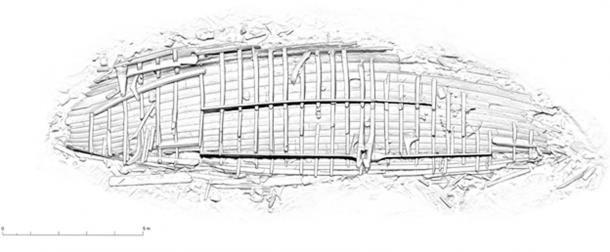Date: Thursday, August 15, 2019
Location: The School of Architecture, Design and Planning, The University of Sydney, 148 City Rd, Darlington, NSW 2008
Workshop: 4:00 PM–6:00 PM
Public Lecture: 6:30 PM–7:30 PM
Tutors: Jun. Prof. Dr. Christopher Robeller, Eduardo De Oliveira Barata
This 2-hour continuing professional development course and 1-hour public lecture will introduce participants to computational design strategies for cutting-edge timber building technologies, including digital fabrication of integral timber joints and closed-loop digital design workflows for timber plate structures.
Traditional wood joinery techniques have been successfully employed for hundreds of years in the construction of tall timber structures. Due to a resurgence in mass timber construction and a proliferation of CNC fabrication machinery, these integral joints are again an economical and performative way to construct timber buildings.
When appropriately designed, integral joints introduce many structural and constructability benefits. These include greater control over part tolerances and mechanical behaviors, self-aligning and self-locking features for faster assembly, and reduced part production cost through optimization of material use and CNC fabrication time.
Such benefits can only be realized with a high degree of coordination between the designer, fabricator, and builder. This course will allow participants to develop the skills required to achieve such coordination and deliver cutting-edge, digitally-integrated timber buildings.


































